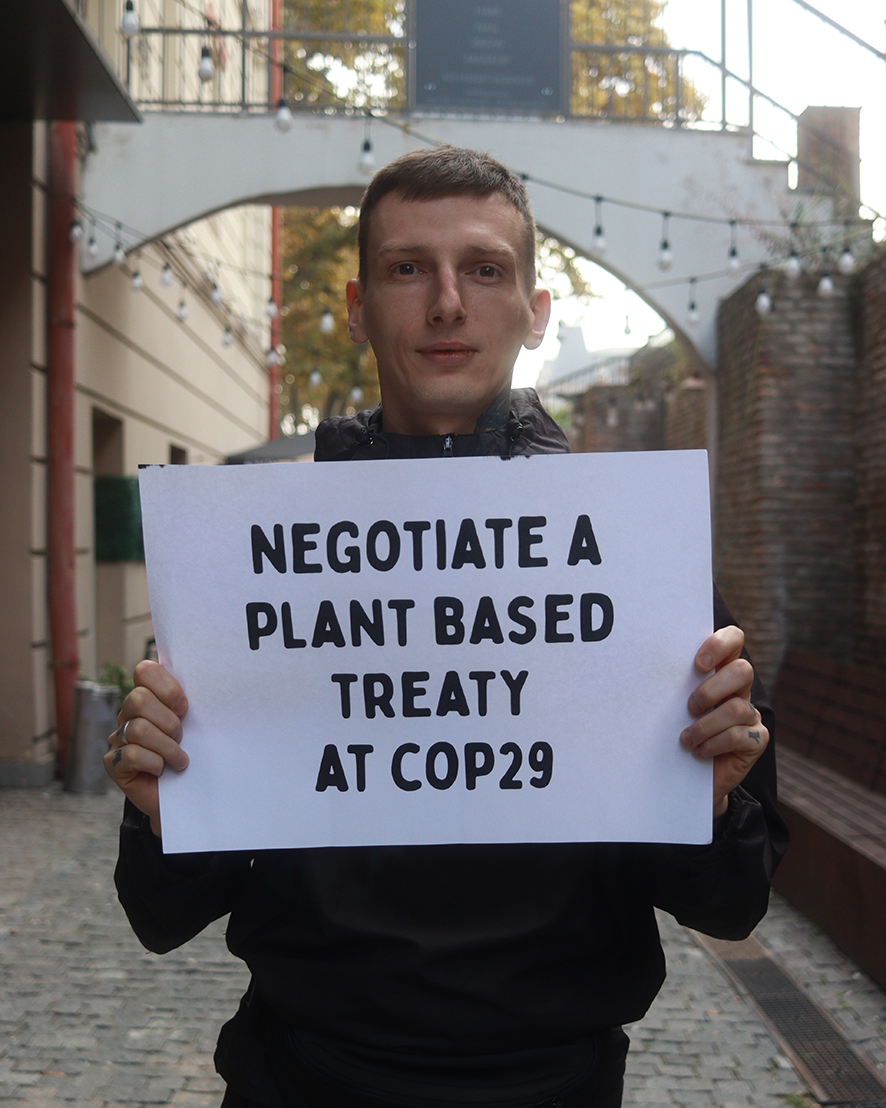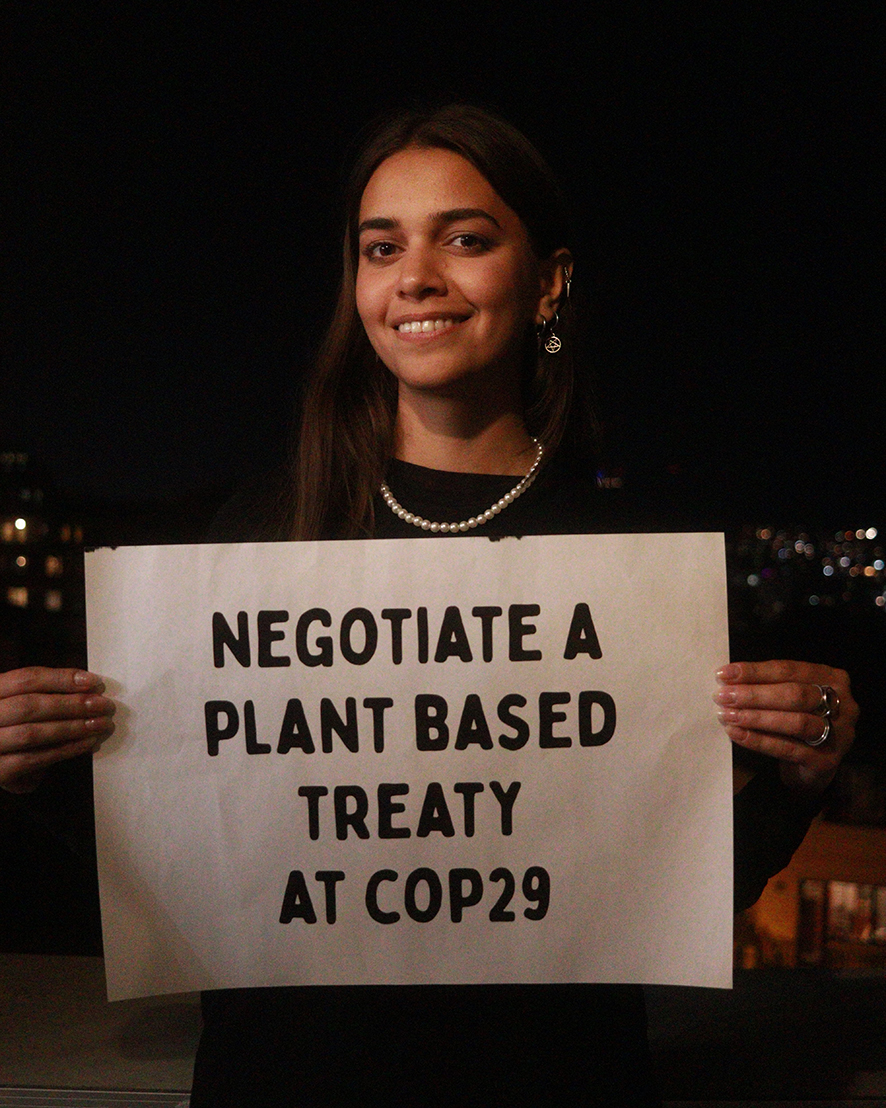As the effects of climate change become increasingly urgent, and with COP29 just days away, it’s more important than ever to understand the underlying causes of greenhouse gas emissions. From the energy we use to the food we produce, our daily choices significantly affect the planet’s health. In this article, following on from last week’s introduction to COP, we’re looking at the main contributors to climate change, which include power generation, manufacturing, deforestation, transportation, food production, building energy use, and consumption habits. By shining a light on these factors, we can better appreciate the urgent need for us all to take up sustainable practices and unite for collective action to tackle the climate crisis. Not sure where to start to make your contribution? Read on!

Generating Power
Burning fossil fuels for electricity and heat accounts for a substantial share of global emissions. The majority of electricity is still generated from coal, oil, or gas, releasing carbon dioxide and nitrous oxide- potent greenhouse gases that trap heat in the atmosphere. In contrast, just over a quarter of global electricity is produced from renewable sources like wind and solar, which emit little to no greenhouse gases.
How can I help? Switch off lights and appliances when they are not in use. Use public transport instead of cars whenever possible, and consider carpooling if driving is necessary. Advocate for your city to adopt eco-friendly public transportation and for your government to invest more in renewable energy sources like wind and solar.
At home, use less energy by reducing your heating and cooling use, switching to LED light bulbs and energy-efficient electric appliances, washing your laundry with cold water, or hanging things to dry instead of using a dryer. Improving your home’s energy efficiency, through better insulation for instance, or replacing your oil or gas furnace with an electric heat pump can reduce your carbon footprint by up to 900 kilograms of CO2e per year.
Change your home’s source of energy – switch to renewable sources such as wind or solar. Or install solar panels on your roof to generate energy for your home. Switching your home from oil, gas or coal-powered energy to renewable sources of energy, such as wind or solar, can reduce your carbon footprint by up to 1.5 tons of CO2e per year.
Switch to an electric vehicle – If you plan to buy a car, consider going electric, with more and cheaper models coming on the market. In many countries, electric cars help reduce air pollution and cause significantly fewer greenhouse gas emissions than gas or diesel-powered vehicles. But many electric cars still run on electricity produced from fossil fuels, and the batteries and engines require rare minerals which often come with high environmental and social costs. Switching from a gasoline or diesel-powered car to an electric vehicle can reduce your carbon footprint by up to 2 tons of CO2e per year. A hybrid vehicle can save you up to 700 kilograms of CO2e per year.

Manufacturing Goods
The manufacturing and industrial sectors significantly contribute to emissions, primarily through fossil fuel combustion for energy in producing items like cement, steel, electronics, and plastics. Industrial processes, including mining and construction, also emit greenhouse gases, with many manufacturing machines running on fossil fuels.
How can I help? When designing or building a new house or home or business project, choose your construction materials thoughtfully. Think about how your materials are transported and try to reduce the environmental impact (dust, waste products, transportation distances) as far as possible.
Cutting Down Forests
Deforestation for agriculture, pastureland, and other purposes leads to significant emissions as trees release stored carbon when cut down. Approximately 12 million hectares of forest are lost each year. Forests play a crucial role in absorbing carbon dioxide, and their destruction limits nature’s ability to mitigate atmospheric emissions. Together with agricultural and land-use changes, deforestation is responsible for about a quarter of global greenhouse gas emissions.
How can I help? If you or someone you know uses a wood stove to heat the home or cook, aim for a modern eco-friendly wood stove and only burn biomass products as recommended by the Biomass Association of Georgia.
Using Transportation
Transportation is a major source of greenhouse gases, primarily due to fossil fuel use in cars, trucks, ships, and planes. Road vehicles contribute the largest share, primarily through gasoline combustion. Emissions from ships and planes are also on the rise, with transportation accounting for nearly a quarter of global energy-related carbon dioxide emissions, and trends indicate a significant increase in energy consumption for transport in the coming years.
How can I help? Walk, bike or take public transport – The world’s roadways are clogged with vehicles, most of them burning diesel or gasoline. Walking or riding a bike instead of driving will reduce greenhouse gas emissions — and help your health and fitness. For longer distances, consider taking a train or bus. And carpool whenever possible. Living car-free can reduce your carbon footprint by up to 2 tons of CO2e per year compared to a lifestyle using a car.
Consider your travel – Airplanes burn large amounts of fossil fuels, producing significant greenhouse gas emissions. That makes taking fewer flights one of the fastest ways to reduce your environmental impact. When you can, meet virtually, take a train, or skip that long-distance trip altogether. Taking one less long-haul return flight can reduce your carbon footprint by up to almost 2 tons of CO2e.

Producing Food
Food production generates emissions from various sources, including deforestation, land clearing for agriculture, and methane emissions from livestock. The use of fertilizers and manure also contributes to greenhouse gases, alongside the energy required for farming equipment and fishing boats, often powered by fossil fuels. Additionally, emissions arise from food packaging and distribution, making food production a significant factor in climate change.
How can I help? Eat more vegetables! Eating more vegetables, fruits, whole grains, legumes, nuts, and seeds, and less meat and dairy, can significantly lower your environmental impact. Producing plant-based foods generally results in fewer greenhouse gas emissions and requires less energy, land, and water. Shifting from a mixed to a vegetarian diet can reduce your carbon footprint by up to 500 kilograms of CO2e per year (or up to 900 kilograms for a vegan diet).
Consuming Too Much
Our consumption patterns, how we use energy, travel, eat, and dispose of waste, contribute significantly to greenhouse gas emissions. Household consumption of goods such as clothing, electronics, and plastics accounts for a substantial portion of global emissions. The wealthiest individuals carry the greatest responsibility; the richest 1% of the global population is responsible for more greenhouse gas emissions than the poorest 50%.
How can I help? Reduce, reuse, repair and recycle! Electronics, clothes, plastics and other items we buy cause carbon emissions at each point in production, from the extraction of raw materials to manufacturing and transporting goods to market. To protect the climate, buy fewer things, shop second-hand, and repair what you can. Plastics alone generated 1.8 billion metric tons of greenhouse gas emissions in 2019, 3.4% of the global total. Less than 10% is recycled, and once plastic is discarded, it can linger for hundreds of years. Buying fewer new clothes, and other consumer goods, can also reduce your carbon footprint. Every kilogram of textiles produced generates about 17 kilograms of CO2e.
Clean up your environment – Humans, animals and plants all suffer from land and water contaminated by improperly discarded garbage. Use what you need, and when you have to throw something out, dispose of it properly. Educate others to do the same, and participate in local clean-ups of parks, rivers, beaches and beyond. Every year, people throw out 2 billion tons of trash. About a third causes environment harms, from choking water supplies to poisoning soil.
The Impact of Climate Change: A Growing Crisis
As greenhouse gas concentrations rise, global surface temperatures also increase. The last decade (2011-2020) has been the warmest on record, with each successive decade since the 1980s being warmer than the last. Hotter temperatures lead to more heat-related illnesses and create conditions for wildfires. Severe storms are becoming more intense and frequent, while climate change alters water availability, increasing droughts and threatening food production.
Warming Oceans and Loss of Species
The ocean absorbs most of the heat from global warming, with rates of warming significantly increasing over the past two decades. Rising sea levels threaten coastal communities, while ocean acidification endangers marine life. Climate change poses risks to the survival of species on land and in the ocean, with extinction rates increasing rapidly.
How can I help? Support organizations focused on ocean conservation and participate in local clean-up efforts to protect marine environments.
Food Insecurity and Health Risks
Extreme weather and climate changes contribute to a global rise in hunger and poor nutrition, threatening fisheries, crops, and livestock. Additionally, climate change leads to health issues, including respiratory problems and mental health challenges.
How can I help? Volunteer with local food banks or community gardens to support food security initiatives and raise awareness about sustainable food practices.
Plant native species – If you have a garden or even just a plant or two outside your home, check for native species. Use a plant identification app to help. And then think about replacing non-natives, especially any considered invasive. Plants, animals and insects depend on each other. Most insects will not eat non-native plants, which means birds and other species lose a food source. Biodiversity suffers. Even a single tree or shrub can offer a refuge – just remember to skip insecticides and other chemicals.
Throw away less food – When you throw food away, you’re also wasting the resources and energy that were used to grow, produce, package, and transport it. And when food rots in a landfill, it produces methane, a powerful greenhouse gas. So purchase only what you need, use what you buy and compost any leftovers. Cutting your food waste can reduce your carbon footprint by up to 300 kilograms of CO2e per year.
Poverty and Displacement
Climate change exacerbates poverty, displacing millions each year due to weather-related events. Vulnerable communities are often the most affected, with many refugees originating from countries least equipped to adapt to climate change impacts. Understanding these dynamics is crucial for fostering sustainable solutions that protect both the planet and its people.
How can I help? Advocate for climate justice and support policies that protect vulnerable populations.
Conclusion
By making mindful choices in our daily lives, we can all contribute to fighting climate change and preserving the planet for future generations. Every action, no matter how small, matters. Together, we can build a more sustainable world. Remember, your efforts do make a difference.
Our spending habits have a direct impact on the environment. You have the power to choose the products and services you support. To reduce your carbon footprint, favor companies that prioritize responsible resource use and are committed to cutting emissions and waste. If your savings are being invested, whether through a pension fund or other investments, they could be supporting industries like fossil fuels or deforestation. Ensuring your money is invested in sustainable businesses can significantly reduce your environmental impact.
Take action and encourage others to do the same. It’s one of the fastest and most effective ways to make a difference. Talk to your neighbors, colleagues, friends, and family. Let business owners know you support bold actions, like plastic-free products, sustainable packaging, and zero-emissions vehicles. Every conversation can spark change.
Appeal to local and world leaders to act now. Climate action concerns all of us. No one can do it all alone – but we can do it together.
***
The Case for Cutting Animal Agriculture as a Means for Climate Control
For the past 27 years, the United Nations Climate Change Conference managed to ignore the cow in the room. Last year, at COP28 in Dubai, UAE, things started to change, albeit not necessarily in a good way.
Despite food systems accounting for a third of global greenhouse gas emissions, the discussion around this topic has only just begun. Even if we decide to keep fossil fuels in the ground from now on, the emissions from the food system alone will still take us beyond the 1.5 degrees Celsius global temperature rise limit of the Paris Agreement. With the science being clear, the animal agriculture industries can no longer hide the cow in the room, so they are resorting to either downplaying their impact on the climate or, worse, portraying the cow as a climate solution hero.
“But we won’t achieve the Paris Agreement’s goal of limiting global warming to 1.5 degrees unless we prioritize tree planting, and eliminating animal agriculture should be our final step!” This paraphrased comment from a recent Plant Based Treaty Georgia workshop raises important points. Animal agriculture is the largest single source of human-caused methane emissions, a gas about 80 times more potent than CO2 but with a much shorter atmospheric lifespan of around 12 years. 36% of anthropogenic methane emissions come from farmed animals, making it the single largest source of this greenhouse gas. Thus, cutting methane emissions is our most effective—and perhaps only—chance to stay below a 1.5 °C increase. If we stopped farming animals for food, we could free up 75% of agricultural land for restoration, including tree planting, which takes decades to mature.
Some animal farmers argue that the same land can’t be repurposed for human-edible crops, but this is case-specific and often serves as an excuse. Even if it were true, that land could simply be rewilded instead of used for animal farming, highlighting a mindset that commodifies nature. When planting trees, it’s crucial to use native species to support local ecosystems. Similarly, cultivating a diverse range of plant foods is essential for maintaining healthy soils and a resilient food system, rather than relying on monocropping, which leaves us vulnerable to disease outbreaks.
By Katie Ruth Davies. Source: COP/UN














